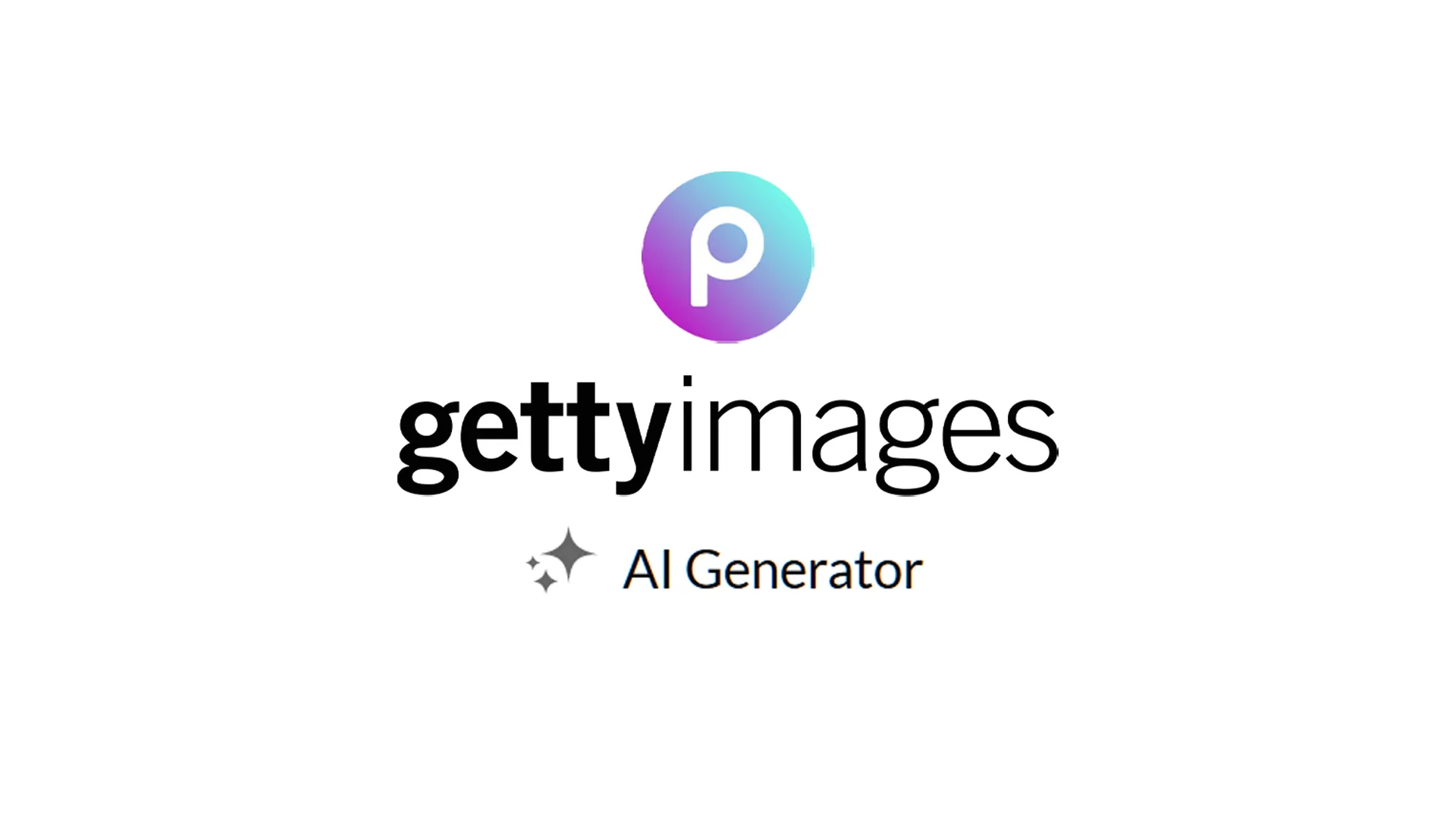Inside Getty Images’ GenAI Revolution: The Future of Stock Photography
Getty Images, a global leader in visual content, has embraced artificial intelligence (AI) to revolutionize the stock photography industry. With the rise of generative AI (GenAI), Getty Images is not only safeguarding intellectual property but also redefining how digital assets are created, managed, and distributed. This transformation is a response to the increasing demand for high-quality, legally sound AI-generated content.
In this blog post, we will explore Getty Images’ GenAI strategy, its impact on the creative industry, and what it means for photographers, businesses, and consumers alike.
The Rise of Generative AI in Visual Content
Generative AI has rapidly evolved, enabling machines to produce realistic images, videos, and illustrations with minimal human intervention. Platforms like DALL·E, MidJourney, and Stable Diffusion have demonstrated AI’s capability to create stunning visuals. However, concerns over copyright, authenticity, and ethical use have led major players like Getty Images to develop their own AI-powered solutions.
Getty Images’ Approach to GenAI
Getty Images has taken a cautious yet progressive stance on AI-generated content. Unlike open-source AI tools that scrape the web indiscriminately, Getty’s approach is built on legal, ethical, and high-quality principles. Here are the key aspects of their GenAI transformation strategy:
1. Ethical AI Development
Getty Images has partnered with industry-leading AI developers to train AI models exclusively on licensed, rights-managed content. This ensures that their AI-generated assets do not infringe on copyrights and comply with intellectual property laws.
2. Content Authenticity & Attribution
To combat misinformation and AI-generated deepfakes, Getty Images integrates metadata and digital watermarking into its AI-created visuals. This helps users identify AI-generated content while preserving transparency in digital media.
3. Compensating Contributors
A major concern in AI-generated content is the potential displacement of human creators. Getty Images has addressed this by establishing a revenue-sharing model that compensates photographers and content contributors whose images have been used to train AI models.
4. Curated AI-Generated Content
Rather than flooding the market with AI-generated images, Getty Images carefully curates AI-created visuals to maintain the high standards expected by its clients. This ensures that brands and businesses receive premium-quality content that aligns with their marketing and advertising needs.
5. AI-Powered Search & Enhancement Tools
Getty Images has also integrated AI-driven search and enhancement tools within its platform. Users can now refine image searches using AI-powered filters, making it easier to find the most relevant and impactful visuals. Additionally, AI-assisted image editing and upscaling tools help enhance the resolution and quality of stock images without compromising authenticity.
The Impact on the Creative Industry
Getty Images’ GenAI strategy is reshaping the creative industry in several ways:
- For Photographers & Content Creators: While some fear AI will replace human photographers, Getty’s approach ensures that creatives remain at the center of content production. By compensating contributors and curating AI-generated visuals, the company fosters a collaborative environment between human artistry and AI innovation.
- For Businesses & Marketers: AI-generated stock images provide a cost-effective and efficient alternative to traditional photography. Businesses can access a broader range of customized visuals that align with their branding while ensuring legal safety.
- For Consumers: AI-curated content enhances accessibility to high-quality imagery while reducing the risks associated with copyright infringement and manipulated media.
Challenges & Ethical Considerations
Despite its promising advantages, the integration of GenAI in stock photography raises ethical and legal challenges:
- Ownership & Copyright: Even with revenue-sharing models, questions remain about the long-term implications of AI-created content on copyright laws and fair compensation.
- Deepfake & Misinformation Risks: AI-generated visuals could be misused for misleading or harmful purposes, making content verification essential.
- Bias in AI Models: AI models can sometimes reflect biases present in their training data, leading to skewed or problematic image representations.
The Future of AI in Stock Photography
Getty Images’ GenAI strategy signifies a paradigm shift in the visual content industry. By embracing AI with a responsible and ethical approach, the company is setting a precedent for how AI-driven creativity can coexist with traditional photography.
As AI continues to evolve, we can expect more sophisticated tools that enhance—not replace—human creativity. The future of stock photography lies in a balanced integration of AI-driven efficiency and human ingenuity, ensuring that the industry remains both innovative and inclusive.
Getty Images’ GenAI transformation is a groundbreaking initiative that merges technology with ethical content creation. By prioritizing legal compliance, content authenticity, and fair compensation, Getty Images is leading the way in AI-powered visual media. Whether you’re a photographer, business owner, or digital content creator, understanding this evolution will be crucial in navigating the future of stock photography.

